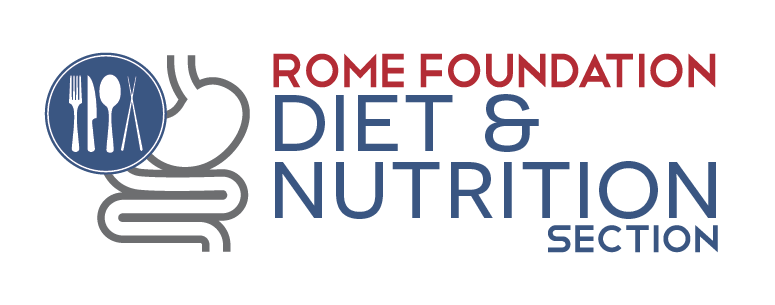Listen to our latest Rome Diet and Nutrition Section Podcast

Dr. Prashant Singh and Karen Routhiaux sit with Dr. Madison Simons to discuss the simple low FODMAP diet. Listen now to learn more about the methodology of recently published dietary trials.
Publications relating to study design of diet, nutrition and/or DGBI studies
The following publications provide recommendations on best research practice in studies involving diet and/or DGBI.
| Preclinical study considerations in diet and DGBI research | Reference |
|---|---|
| Considerations for nutritional profile of rodent diets in microbiome research | Tuck, C.J., De Palma, G., Takami, K. et al. Nutritional profile of rodent diets impacts experimental reproducibility in microbiome preclinical research. Sci Rep 10, 17784 (2020). |
| Sex dependent considerations for chow provision in mice studies | Sex-dependent effects of carbohydrate source and quantity on caspase-1 activity in the mouse central nervous system |
| Considerations for chow-dependent variability in dietary intake and microbiome | Standard rodent diets differentially impact alcohol consumption, preference, and gut microbiome diversity |
